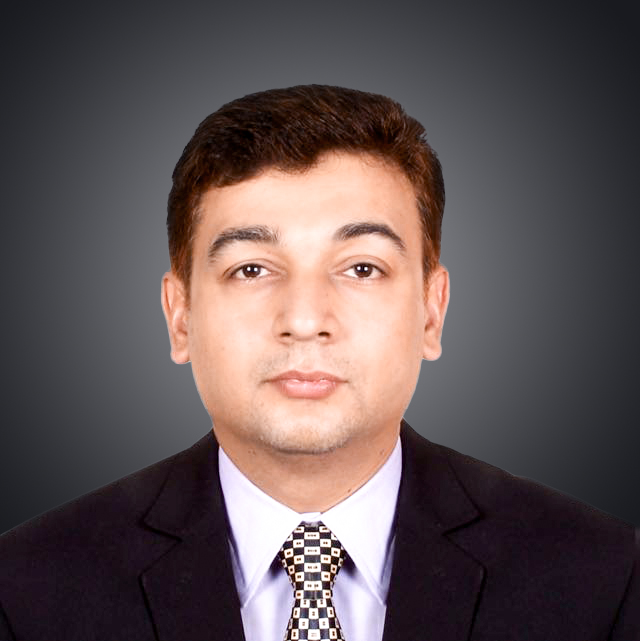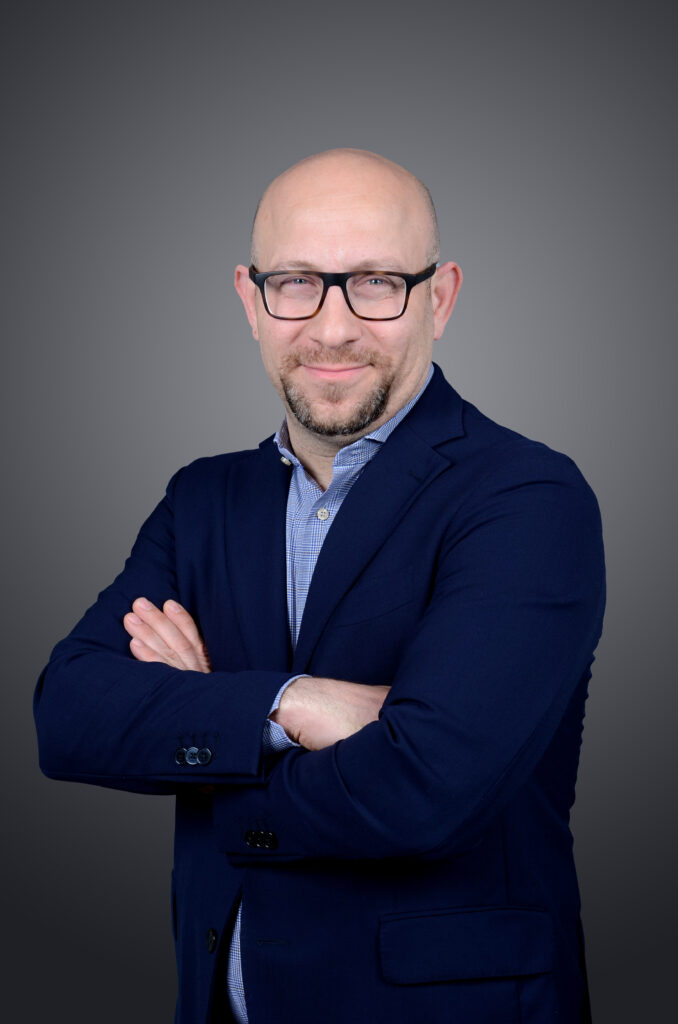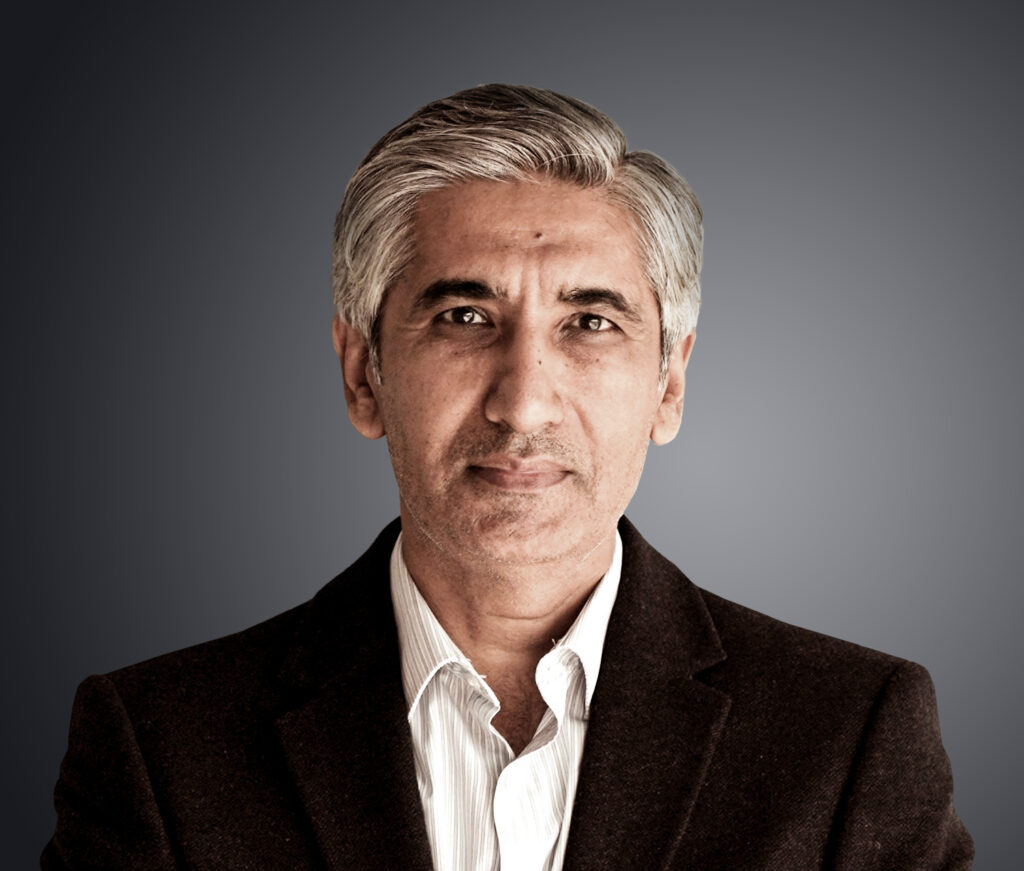The expert opinion is that even newly well-constructed buildings often have air leakage rates closer to 7m3/h/m2, and many buildings may not even pass the standard air leakage or air permeability test. Hamna Sheikh, Features Writer, Climate Control Middle East, has the story…
Sand and Dust Storms (SDSes) typically happen once to several times a year, but is there is sufficient understanding of the challenge in the building construction industry?
SDSes are a natural and unavoidable phenomenon sweeping across the GCC region landscape, cloaking the area in a golden haze. Amidst the swirling clouds of sand and dust storms lie potent threats to human health. As Prasad Natraj, Director, Aerofil Filters Manufacturing, points out, they cause severe respiratory and asthmatic health issues. “They also damage the cardiovascular and nervous system and retard developmental progress and shall cause accelerated death issues,” he adds.
In Natraj’s view, these life-threatening phenomena particularly afflict vulnerable sections of the population in the GCC region, like school children and those with compromised immunity, demanding urgent medical intervention during and after SDS events.
Not only that, according to the UNCCD (United Nations Convention to Combat Desertification) SDSes cause significant economic losses every year through contributing to poor air quality.
Air pollution is a major environmental risk to human health and wellness, causing over seven million death every year, worldwide, as per the World Health Organization (WHO). Wellness is inextricably linked to productivity and economic output.

According to the UNCCD, SDSes have become increasingly frequent and can be unpredictable and dangerous. With grave risk posed by SDS events, why are they often disregarded? And why is recognition of SDSes as hazard so low?
SDSes are frequent occurrences in the Middle East, arising when cold north-westerly air currents collide with hot south-westerly monsoons. Natraj says the collision results in the lifting of vast quantities of dust over large areas, spanning Iraq and the Arabian Gulf states, predominantly Saudi Arabia and Kuwait. Winds with speeds exceeding 45 kilometres per hour churn up loose granular sand particles, ranging from 60 to 2,000 microns in size, creating an SDS, he says. As wind speeds decrease, he says, heavier particles settle back to the ground, while finer particles remain suspended for extended periods. A sandstorm occurs with particle concentrations near the ground reaching 1,350 mg/m3, while a dust storm arises with a dust concentration of 41 mg/m3, measured at three metres above the ground, he points out.
Following an SDS, there is often a settling period, as mentioned by Natraj. “The settling time indicates the fine particles in suspension for a long time – over 20 days even after the event (SDS) – which causes a major respiratory health issue for the air which we breathe within the region, causing a major health hazard,” he says. Moreover, the mean particulate concentration in the Middle East region is 2.31mg/m3, which is significantly higher compared to the United States or European cities, where it is 0.11mg/m3, he says.
During an SDS, the concentration of particles can vary widely, making a demand of HVAC systems to effectively manage the range. Mindful of this, experts like Natraj typically recommend installing pre-filtration systems, such as cyclonic separators or inertial separators before the main HVAC filters, which can remove larger particles and reduce the load on the filters, thereby extending their lifespan. Elevating the filtration game, filters with a minimum MERV rating of 13 are recommended to ensure effective filtration, they say. Additionally, High Efficiency Particulate Air filters (HEPA filters) are highly efficient at trapping particles as small as 0.3 microns, while Ultra-Low Penetration filters (ULPA filters) can capture particles as small as 0.12 microns, making them particularly effective for filtering out extremely fine dust particles, safeguarding against the most infinitesimal intruders, they add.

Dr Iyad Al-Attar, independent air filtration consultant, is another expert like Natraj. Speaking along the same lines as Natraj, he points out that sandstorms present formidable challenges to filter performance by increased particle concentration, which places strain on HVAC equipment. The likelihood of dust cake formation on filter surfaces, Dr Al-Attar says, is notably higher, especially in regions prone to sandstorms such as the Arabian Peninsula. “Comprehensive understanding of outdoor air’s physical and chemical characterisation is essential to a given geographic location and should influence the selection of air filters,” he says. While efficient filters are essential, factors like microclimate conditions and real-time filter performance deviations must be considered, he says. Reinforcing pre-filtration is vital for managing particle concentration induced by sandstorms, but a data-driven approach is necessary to balance outdoor air introduction and indoor air quality maintenance, he says. Sandstorms should prompt careful consideration in filter design and selection for both existing and future buildings, he adds.
Dr Al-Attar highlights how modern buildings must effectively handle and adjust to diverse climatic conditions to ensure healthy indoor environments. During sandstorms, managing HVAC systems becomes crucial to maintain air quality, he says. Facility managers should prioritise human wellbeing over equipment, he says. He suggests that the approach to handling sandstorms should revolve around understanding what drives decision-making processes to make building envelopes suitable for occupancy. Weighing in on this, Rehan Shahid, Director, P&T Architects and Engineers, points out that newly constructed commercial buildings may fall under the category of “freely tight construction”, yet they may not fully meet the required standards. “We aim for an air leakage value of less than 5m3/h/m2 at 50 Pa to achieve energy-efficient and comfortable indoor environments,” he says. This aligns closely with building codes and regulations, he says. “However, it’s been observed that newly well-constructed buildings often have air leakage rates closer to 7m3/h/m2, and many buildings may not even pass the standard air leakage test,” he says. His words clearly call for the need for improvement.

Dr Al-Attar highlights an important concern relating to building maintenance when he says that dust particles’ morphology, size, and impact velocity can erode HVAC components, impairing performance. These particles may damage sensitive circuits, affecting data centre function, he says. Silica dust accumulation in equipment can cause overheating and hardware failures, he says. Hygroscopic silica dust reduces filter permeability, compromising airflow efficiency, he says. And moisture-carrying silica dust can corrode metal components, leading to signal degradation and data transmission errors in data centres, he adds. The message is clear – SDSes impact human health and economic wellbeing, as well, with data centres at the epicentre of the IT momentum that is driving the modern world.
Mindful of this, Shahid recommends maintaining slight air pressure differentials to create positive pressure indoors, which he says, can prevent external particle infiltration during sandstorms. Controlling building pressurisation through HVAC systems is crucial during such events, he points out. Additionally, ensuring HVAC ductwork is properly sealed prevents external particle ingress, he says. Installing air quality sensors in HVAC systems allows real-time monitoring of particulate levels, enabling adjustments to ventilation or filter operation based on air quality measurements, he says. Finally, implementing strategies to manage outdoor air intake during sand or dust storms, such as temporarily closing outdoor air dampers or using louvres with filters, helps prevent excessive particulate entry into buildings, he says.

It is generally agreed that to prevent sand ingress, fresh air intakes are typically designed three metres above ground level, with intake louvres operating at speeds ranging from 1.75m/s to 2m/s. Yet, despite these measures, sand accumulation behind intake louvres is common and requires regular cleaning to prevent infiltration into AHU rooms and indoor areas, Natraj says. Neglecting maintenance can lead to air leakages in building façades and inlet ducts, requiring proper sealing and maintenance to prevent air bypass, he says. Typically, only 15-20% of fresh air is drawn into buildings through FAHUs, limiting the impact of sand and dust storms and reducing energy costs. Outdoor installations and air intakes require regular maintenance, including sealed duct works and cleaning by certified contractors, he says, adding that ignoring these tasks can result in sand creeping into ducts and equipment, harming Indoor Air Quality (IAQ) and efficiency. Thorough inspections and timely maintenance of HVAC systems and ducts represent key interventions to saving energy and maintaining air quality, he says.
In the late 1990s, Inertia Filtration Systems were developed to address sand and dust storm problems in the deserts of Arizona, in the United States. These systems have since undergone numerous improvements to enhance their effectiveness in mitigating the impact of SDS events, Natraj says. Additionally, Auto-viscous filter Membranes, Roll-on Filtration Systems and cyclone separators are available as capital equipment for new projects or retrofit opportunities, he says. Proper selection of filtration systems suitable for the Middle East environment is essential, considering fluctuating levels of atmospheric particulate contamination, he says. It is crucial to install suitable fresh air intake units positioned three metres or higher above ground level and to incorporate PM sensors and monitors inside and outside buildings for effective management of air quality issues, Natraj adds.

After an SDS event, IAQ becomes a pressing concern, as both outdoor and indoor pollutants pose health risks. This has led to a surge in the use of indoor air purifiers in homes and workplaces. Individuals, especially those with pre-existing health conditions, like asthma or weakened immune systems, are advised to stay indoors. They are encouraged to wear protective masks and gear to cover their eyes, nose, ears and mouth, and to stay hydrated due to high temperatures. Air quality monitors provide valuable information on pollutant levels, aiding in risk mitigation. Commercial buildings are adopting various technologies, like bipolar ionisation, UV lights and HEPA filtration to tackle IAQ issues. Bodies like ASHRAE, WHO, WELL and OSHA are setting standards and guidelines to raise awareness and guide mitigation efforts. However, meeting these standards requires upgrading equipment, ensuring proper duct cleaning and sealing and monitoring IAQ levels. Despite the recognition of risks associated with SDSes, there is a lack of effective plans for mitigation, underscoring the need for collaboration between medical professionals and consulting engineers to develop comprehensive guidelines.
Traditionally, consulting engineers have followed ASHRAE/EN 779 2012 Standards, designed for American/European environments, Natraj says. However, the GCC region’s outdoor air particulate matter (PM) levels surpass QAQ3 standards, calling for custom air treatment solutions. Washing synthetic pre/bag filters, a common practice, risks filter integrity and isn’t recommended, he says. Instead, awareness should be raised about standards like ISO 16890, he says. Outdoor air pollution significantly impacts IAQ, especially in regions prone to sand and dust storms. Selecting appropriate air filters can effectively tackle PM exposure and IAQ issues. SDS events have widespread effects, even reaching areas distant from the source, with particulate concentration exceeding safe levels and posing health risks. Fine particles can linger in the air, post-storm, worsening respiratory problems. Despite the importance of air filtration, there is a need for more attention to ensure suitable systems are in place, as existing standards may fall short. Customised air treatment systems, tailored to local conditions, are crucial. Addressing SDS risks demands a multifaceted approach, including effective HVAC interventions, adherence to global standards and ongoing research to fill knowledge gaps.
Copyright © 2006-2025 - CPI Industry. All rights reserved.